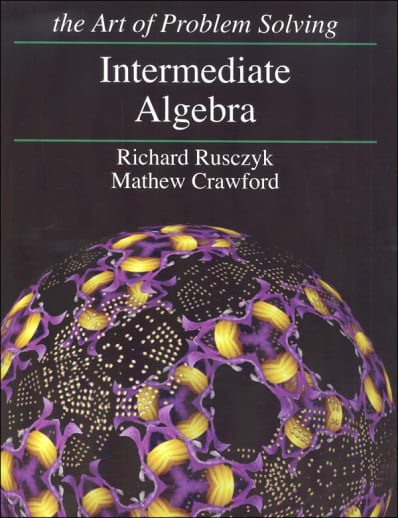The texts are based on the premise that students learn math best by solving problems - lots of problems - and preferably difficult problems that they don't already know how to solve. Most sections, therefore, begin by presenting problems and letting students intuit solutions BEFORE explaining ways to solve them. Even if they find ways to answer the problems, they should read the rest of the section to see if their answer is correct and if theirs is the best or most efficient way to solve that type of problem. Textual instruction, then, is given in the context of these problems, explaining how to best approach and solve them.
Throughout the text there are also special, blue-shaded boxes highlighting key concepts, important things to retain (like formulas), warnings for potential problem-solving pitfalls, side notes, and bogus solutions (these demonstrate misapplications). There are exercises at the end of most sections to see if the student can apply what's been learned. Review problems at the end of each chapter test understanding for that chapter. If a student has trouble with these, he should go back and re-read the chapter. Each chapter ends with a set of Challenge Problems that go beyond the learned material. Successful completion of these sets demonstrates a high degree of mastery.
A unique feature in this series is the hints section at the back of the book. These are intended to give a little help to selected problems, usually the very difficult ones (marked with stars). In this way, students can get a little push in the right direction, but still have to figure out the solution for themselves. complete solutions and explanations to all the exercises, review problems and challenge problems are found in the separate solution manual (051934).

